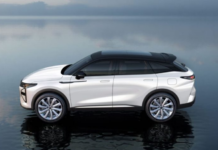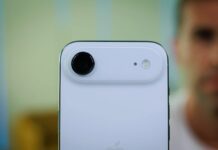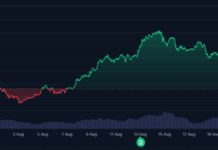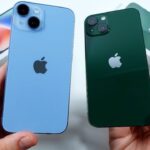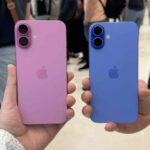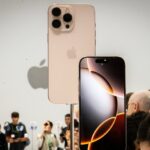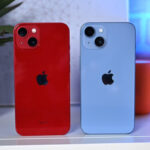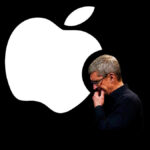Apple recently unveiled four new iPhone models, with the iPhone 16 and 16 Plus duo standing out with significant upgrades over their predecessors. However, these two phones also immediately became the target of criticism.
The reason lies in Apple’s decision to make no improvements to the iPhone 16’s display compared to its predecessor. From the 6.1-inch screen size for the iPhone 16 and 6.7 inches for the Plus version, to the crucial specifications remain unchanged. In terms of the screen, the iPhone 16 and 16 Plus are identical to the iPhone 15 and 15 Plus.
A 120Hz display refers to a screen with a refresh rate of 120Hz, capable of displaying moving images on the device’s screen. The higher the number, the better the display of fast-moving content.
This advantage is evident when watching videos, playing games, or browsing quickly. A 120Hz display will provide a much smoother experience.

iPhone 16 criticized for sticking with a 60Hz screen, considered “outdated” technologically.
According to PCMag, a reputable technology news site, while the smartphone market is witnessing the explosion of new display technologies, Apple seems to be lagging in this race. Notably, today’s high-end phones, not just the iPhone 16 Pro, but also the Google Pixel 9 Pro and Samsung Galaxy S24 Ultra, have adopted Dynamic Refresh Rates (DRR) technology.
This feature allows the screen to dynamically adjust its refresh rate based on the displayed content and user activity. When viewing static content, the screen’s refresh rate can be lowered to conserve power. Conversely, in scenarios demanding high performance, such as gaming or rapid web browsing, the refresh rate increases, resulting in a smoother and more impressive experience.

The screen of the iPhone 16 is the most criticized aspect of this phone.
In fact, even mid-range smartphones priced between $300 and $500, such as the Google Pixel 8a, are equipped with DRR displays. Moreover, some affordable phones costing around $200, including the Samsung Galaxy A15 5G and Motorola Moto G 5G, offer screens with refresh rates of up to 90Hz and 120Hz.

Samsung’s affordable Galaxy A15 5G features a 90Hz DRR display, while the iPhone 16 remains at 60Hz.
Notably, Apple has equipped its ProMotion technology, a version of DRR, on the iPhone Pro models. Both the iPhone 16 Pro and Pro Max feature screens capable of adjusting their refresh rates from 1Hz to 120Hz. However, users are disappointed that this technology is absent from the iPhone 16 and 16 Plus.
Many users are questioning and expressing disappointment over Apple’s decision. As the market increasingly adopts DRR as a new standard, it is puzzling that Apple persists with a 60Hz screen for its basic iPhone models.
As PCMag pointed out, by not updating the display technology for its standard iPhones, Apple risks setting a lower standard compared to its competitors and missing an opportunity to offer its customers better experiences at more competitive prices.
The iPhone 16 is Here: Older Models are Now a Hot Deal, with Some Offering Massive Discounts!
Before the iPhone 16 hit the shelves, prices for many existing iPhone models had already taken a tumble. And now that Apple’s latest and greatest has been unveiled globally, many retailers are continuing to clear out their older iPhone stock.
The Big Apple’s Next Move: iPhone 16 Launches Tonight, Marking the End for These Four Older Models – A Warning for Prospective Buyers!
With just a few days to go until the official launch of the iPhone 16, Apple is gearing up to discontinue production of its previous iPhone models. As the tech giant prepares to unveil its latest flagship device, it’s time to say goodbye to the older generations of iPhones that have graced the market.
The iPhone 16 Launch: Apple’s “Most Boring Event Ever”? Where’s the Steve Jobs Magic?
Introducing the new iPhone 16 – Apple’s most advanced smartphone yet. While Apple placed a significant emphasis on AI during its unveiling, with much of the presentation echoing similar sentiments from last year, the iPhone 16 is more than just a collection of impressive algorithms. It’s a testament to Apple’s relentless pursuit of innovation and a showcase of their latest advancements in smartphone technology. With each generation, Apple strives to push the boundaries of what a smartphone can do, and the iPhone 16 is no exception. Get ready to experience the future of mobile computing with the iPhone 16.



